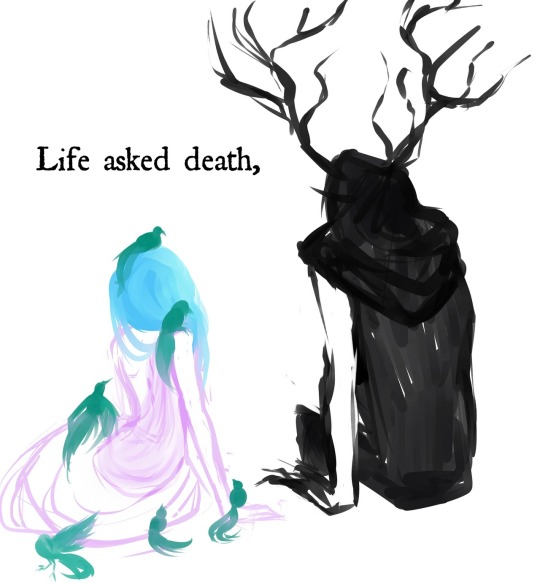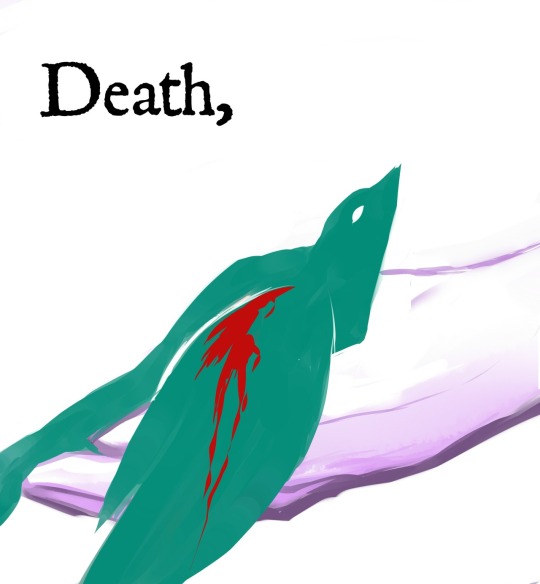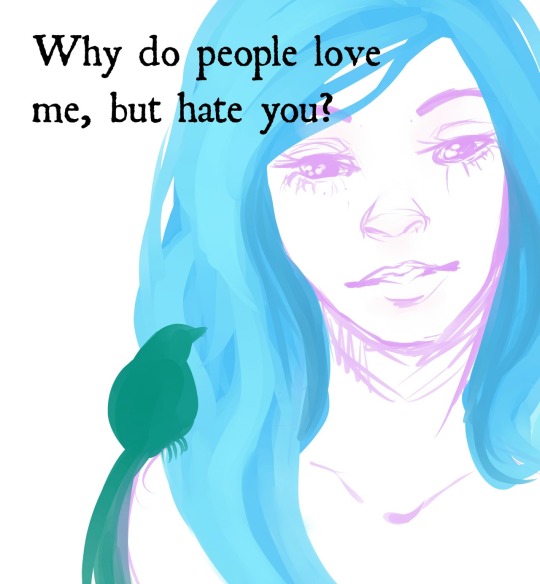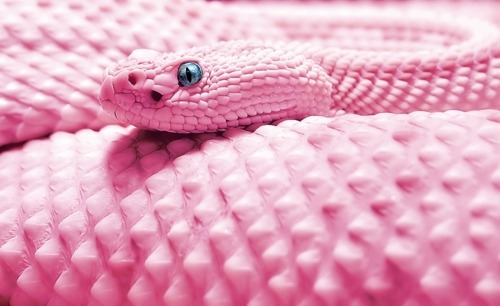snapbutterfly
104 posts
☀ Greetings! ☀ Just a little girl, posting nature stuff. Aspiring ethologist! ANIMALS ARE COOL. THE COOLEST EVER. ESPECIALLY SPIDERS. YOU SHOULD ALL LOVE SPIDERS. I'm currently drowning in schoolwor-- I mean, I'm busy befriending wild mountain tigers up in the highlands of Bhutan, so how about you have a go at one of these links down below? ↓
Don't wanna be here? Send us removal request.
Photo

jumping spider with spiderling
she is not eating it btw
image source
21K notes
·
View notes
Photo

The Monkey Business of Pure Altruism
I’ve been reflecting on how Bill and Melinda Gates resemble a pair of monkeys. Earlier this month, the Lasker Awards were announced. The prestigious prize, known as the “American Nobel,” is given annually to a few extraordinary biomedical scientists. A Lasker for public service is also usually awarded—this year to the Gateses.
Great move. They’ve given vast sums of money to medical research and have galvanized other billionaires into doing the same. They’ve targeted research about diseases that bring incalculable misery to the developing world. All with great wisdom.
Philosophers have long debated whether truly selfless altruism is possible. Some argue that pure altruism can occur, while others proclaim the jaundiced sound bite, “Scratch an altruist and a hypocrite bleeds.”
After all, altruism can be immensely fulfilling, and neuroimaging studies show that altruistic acts activate reward centers of the brain. Altruism also can enhance a giver’s reputation and prompt reciprocal gifts. And costly displays of prowess, evolutionary biologists have demonstrated, can serve to attract mates—”If I can afford to grow these gigantic antlers, I must have some studly genes.” Some scientists speculate that altruism evolved as a costly signal meant to impress prospective mates.
[read more]
#i was wondering about this just yesterday#why does altruism trigger the reward centres in the HUMAN brain?#is it because of the social conditioning we've been given where doing good deeds merits a reward#or is does it have a more primitive background? strengthening social bonds and all that?
104 notes
·
View notes
Photo

13K notes
·
View notes
Photo




cedar waxwings gorging on berries.
44K notes
·
View notes
Photo






403K notes
·
View notes
Text
People who think it's hilarious to tear down spiderwebs because what could be more fun than casually destroying an entire hour's worth of precision and uninterrupted manual labour?!

1 note
·
View note
Photo






Ingenuity takes on many forms → 1. A Bolas spider (Mastophora cornigera) captures a passing male moth by using a sticky line of silk as a lasso | 2. The fearsome-looking gladiator spider (Dinopis sp.) ensnares a cricket by casting a small but carefully constructed square web over it | 3. A diving bell spider (Argyroneta aquatica), the only kind known to live fully underwater, plucks bubbles of air from the water surface to build a 'diving bell' web, which is essentially a large air bubble inside which the spider can comfortably breathe and consume prey.
#spiders#animals#nature#science#ethology#stuff i read today#SPIDERSSSSSS#I didn treally read this today but it's my tag now
141 notes
·
View notes
Photo


Spinybacked Orbweaver (Gasteracantha canriformis)
Also known as the crablike spiny orbweaver, jewel box spider or smiley face spider (along with like 12 other names), the spinybacked orbweaver is a species of orb-weaver spider that is found across the southern United States and Central/South America and some Caribbean islands. Spinybacked orbweavers will inhabit trees and shrubs and will feed on small insects that they catch in their webs. They have a very short life span and they will only live until reproduction, which takes place in spring.
This species is sexually dimorphic with males sporting white backs and females sporting a yellow back (red backs have also been observed). Males are also much smaller than females.
Spinybacked orbweavers will add little tufts of silk to their webs, these tufts serve as flags to prevent birds from flying into and destroying their webs
Phylogeny
Animalia-Arthropoda-Arachnida-Araneae-Araneidae-Gasteracantha-G.cancriformis
Images: Markrosenrosen and Garlic_Z
271 notes
·
View notes
Photo

44K notes
·
View notes
Photo


16K notes
·
View notes
Photo

Baby Sifaka Wanders Further From Mother (by Mark Dumont)
2K notes
·
View notes
Text
( ゚,_ゝ゚)
#that moment when you want to write about sexual dimorphism in spiders but you're not really qualified#even if you have the knowledge#ack#working on a post on diving bell spiders in the meantime#i nEED FOOTAGE#inbox me someboday ive had a lame week
1 note
·
View note
Photo




Weedy Sea Dragon [via]
4K notes
·
View notes


























